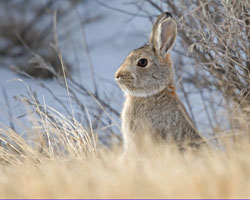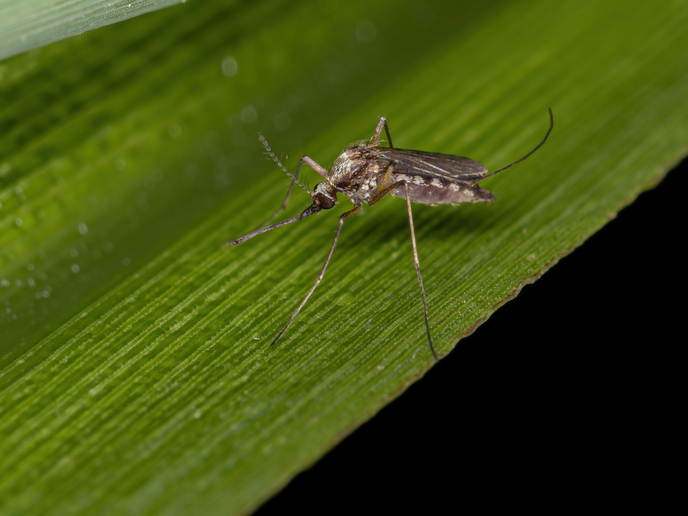Monitoring paratuberculosis in the wild
The EC-funded PARA-TB TRANSMISSION project focused on gaining a greater understanding on the role of wildlife species on the transmission and spread of para-TB in domestic ruminants. The disease is caused by the infectious agent Mycobacterium avium paratuberculosis (Map) which has been detected in a number of non-ruminant species. It is therefore imperative to identify which species harbour the disease in order to develop ways to protect domestic animals. Project partner, the Scottish Agricultural College studied the pathogen distribution among rabbit populations in the wild. Scotland is considered as a pathogen cluster for Map in rabbits, containing a number of regional hotspots. The studies aimed to determine environmental patterns of infection and overall risk of inter-species transmission to livestock. Scientists determined that regional as well as seasonal variations can be observed, with peak infections detected in spring and the lowest numbers noted during the summer season. The highly clustered distribution of rabbits in the wild can explain the clustering of pathogen-carrying rabbits in the environment. Understanding the risks of inter-species transmission is very much dependent on gaining a clear understanding of how Map behaves within species. Therefore studies of this nature could pave the way for a complete and comprehensive tool to minimise and even prevent Map infection from wildlife species to domestic ruminants.







